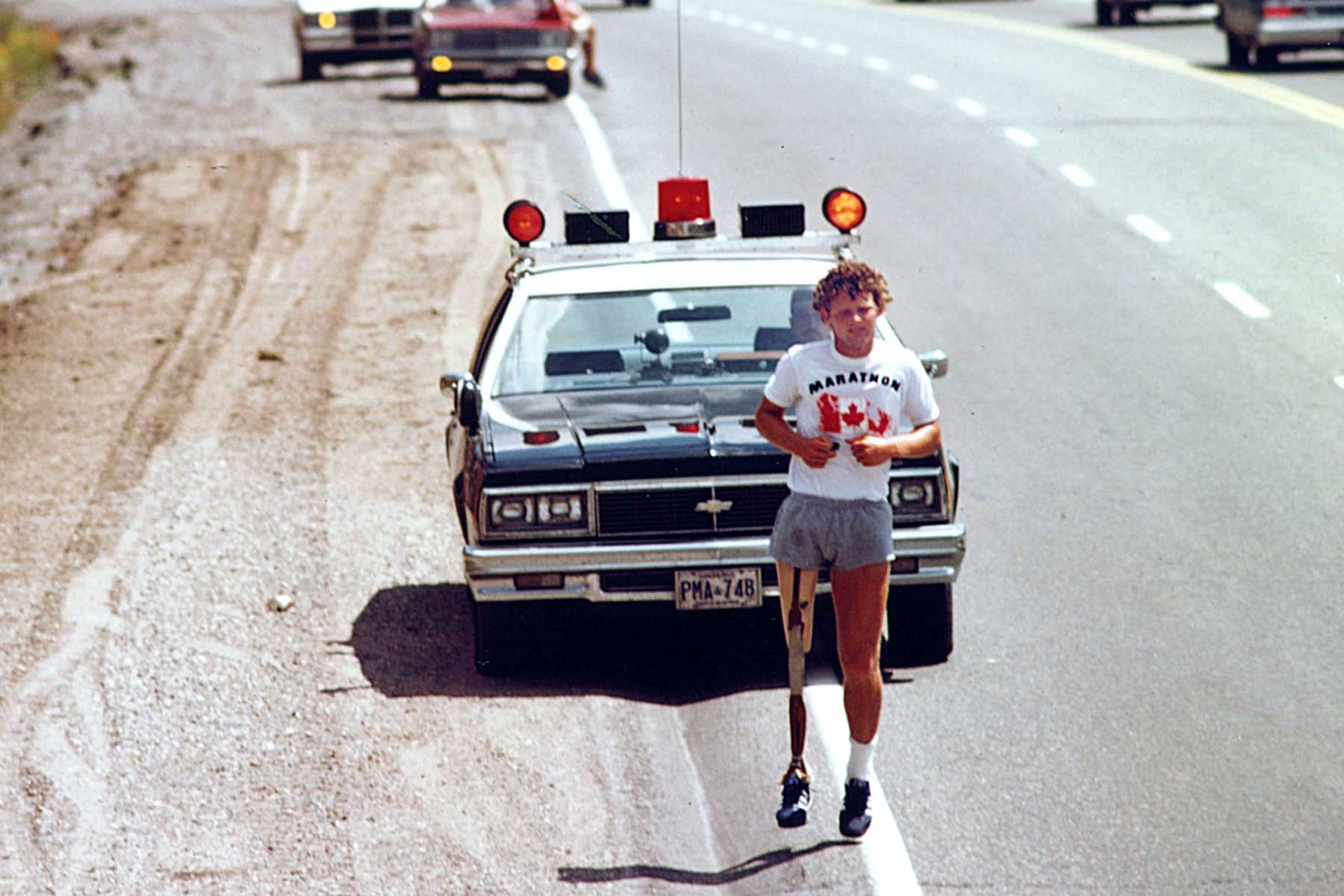
Failed to rewrite. Original content:
Some stories don’t need special effects, epic edits, or orchestral soundtracks. They stand on their own, like certain Hemingway pages: dry, raw, capable of hitting harder precisely because they don’t try to. Terry Fox’s story is one of them.
When Terry began his “Marathon of Hope” in 1980, he was 21 years old, had lost a leg, and had a dream larger than Canada itself: to run from one ocean to the other, covering a marathon a day, to raise funds for cancer research. The diagnosis that changed his life—osteosarcoma—had not only taken his leg but had ignited in him a fierce determination, like a spark that sometimes makes you choose not to give up, even when everything around you is crumbling.
Training after his amputation was a feat in itself. Terry began running with a rudimentary prosthesis, designed more for walking than covering dozens of kilometers a day. Every step was a battle against gravity, against pain, against the imperfect mechanics of a body that had decided not to give up. It’s a bit like playing guitar after losing a finger: the gesture remains, but every movement demands a new, absolute willpower.
It wasn’t just a physical challenge. Terry knew that to face such a journey, he needed an even stronger mental armor. The training was grueling, but keeping his inner flame alive day after day, mile after mile, was even harder. Like Leonard Cohen’s songs, where the light gets in through the cracks, Terry let his strength shine through his wounds.
He set off from St. John’s, Newfoundland, on April 12, 1980. Alone, in the rain, with only a few witnesses. No fanfare, no rhetoric. Just the will to prove that cancer could take his leg but not his right to hope. Running, for him, had become a political act, a way to overturn fate with slow, stubborn steps.
The kilometers added up. And so did the pain. Terry ran with a broken gait, an uneven rhythm that looked both tragic and beautiful. His prosthesis struck the pavement with a dry sound, like an offbeat metronome marking the tempo of his resistance. But people began to notice him. First dozens, then hundreds, then thousands came out to cheer him, to run with him, to donate.
Sadly, the disease had not finished with him. After 143 days and 5,373 kilometers, Terry was forced to stop: the cancer had returned, this time to his lungs. He passed away less than a year later, on June 28, 1981, at just 22 years old.
But his journey never truly ended.
Today, the “Marathon of Hope” has become the Terry Fox Run: a global event celebrated every year in over 60 countries. More than $850 million have been raised in his name for cancer research. Most importantly, Terry Fox has become an idea: that courage isn’t about being invincible, but about continuing to try even when you know you’ll fall.
In a world that tends to celebrate strength as dominance over others, Terry reminded us that the most authentic strength is the one we exercise over ourselves—without proclamations, without prizes, without guarantees. Like some endings in Wim Wenders’ films: open, painful, yet infinitely full of meaning.
PUBBLICATO IL: